Introduction
What Is The Difference Between A Dove And A Pigeon: Doves and pigeons are two avian species that often perplex and confuse people due to their striking similarities. Indeed, these birds are so closely related that they both belong to the family Columbidae, which comprises more than 300 species around the world. Despite their shared lineage, doves and pigeon sound exhibit several key differences that set them apart, both in terms of physical characteristics and behavior. First and foremost, it’s crucial to recognize that the terms “dove” and “pigeon” are often used interchangeably, depending on regional or cultural preferences. This linguistic fluidity can blur the distinction between the two, making it even more challenging to discern their differences. However, ornithologists generally rely on specific features to classify and differentiate these birds.
One of the most noticeable distinctions between doves and pigeons is their size. Doves tend to be smaller and more delicate, with slender bodies and a graceful demeanor. Pigeons, on the other hand, tend to be larger and stockier, often displaying a more robust appearance. This size contrast is most evident when comparing the common rock pigeon, often seen in urban environments, to the smaller mourning dove, a prevalent species in many North American regions. Another distinguishing factor is coloration. While both doves and pigeons come in various colors and patterns, doves often exhibit a more muted and subtle palette. They tend to have softer, pastel hues, with some species sporting intricate patterns on their feathers.
Pigeons, conversely, can showcase a broader spectrum of colors, including iridescent and vibrant plumage. For instance, the Nicobar pigeon boasts an array of striking colors, ranging from metallic greens and blues to rich maroons. In physical distinctions, doves and pigeons exhibit varying behaviors and habitat preferences. Doves are typically associated with peaceful, forested environments and are often linked to symbols of peace and love in many cultures. They are known for their gentle cooing calls and monogamous pair-bonding. In contrast, pigeons are often more adaptable and urbanized, thriving in bustling cityscapes, where they are frequently considered pests due to their scavenging tendencies.
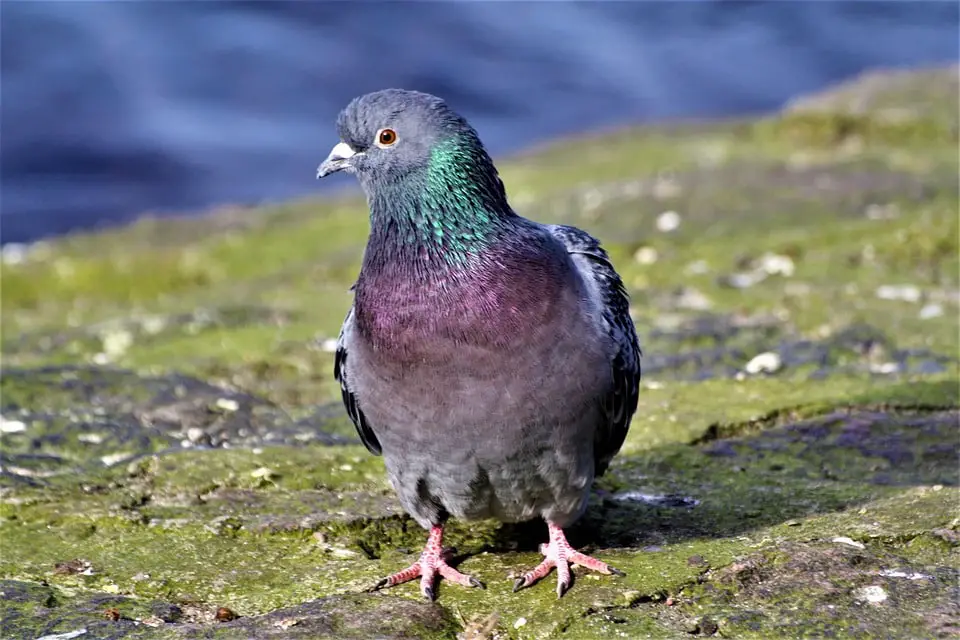
Why are pigeons not called doves?
While the word pigeon has its roots in French, dove is of Nordic origin. Although the terms “pigeon” and “dove” have no technical definition, today we tend to categorize the smaller species as doves and the larger ones as pigeons.
Historical and Cultural Usage: The distinction between pigeons and doves has been somewhat arbitrary and influenced by historical and cultural factors. In many European languages, the word “pigeon” is used for larger, wilder species, while “dove” is often associated with smaller, more delicate birds. This linguistic distinction has persisted over time, leading to a common perception of pigeons as city-dwelling birds and doves as symbols of peace and love.
Size and Appearance: One of the most noticeable differences between pigeons and doves is their size and physical characteristics. Doves tend to be smaller and more slender, with a graceful appearance. Pigeons, in contrast, are often larger and more robust, with a stouter build. For example, the mourning dove is a classic example of a smaller, slender dove, while the common rock pigeon is a larger, more stocky bird.
Coloration: Doves and pigeons also differ in their coloration. Doves typically have softer, pastel hues and may display intricate patterns on their feathers. Pigeons, on the other hand, can exhibit a wider range of colors, including iridescent and vibrant plumage. This variation in coloration contributes to the perception of doves as more delicate and pigeons as more varied in appearance.
What type of doves are pigeons?
There is no separate zoological classification for pigeons and doves. In fact, the term “dove” and “pigeon” is often used interchangeably, even for the same species, adding ever more confusion. For example, the most widespread columbid in the world is called “Rock Pigeon” and “Rock Dove” simultaneously.
The family Columbidae encompasses over 300 species of birds, commonly referred to as doves and pigeons. These birds are distributed across the globe, occupying various habitats, from dense forests to urban areas. While there is considerable diversity within this family, the distinction between “pigeons” and “doves” is often based on cultural and historical factors rather than strict scientific criteria.
Pigeons are indeed a type of dove within the Columbidae family. While they may not fit the conventional image of a “dove” based on size, color, or behavior, their taxonomic classification places them firmly within this family. The common rock pigeon (Columba livia), frequently seen in urban environments worldwide, is a prime example of a pigeon that is, taxonomically, a type of dove.
Pigeons encompass a wide range of species with diverse characteristics. Some are wild and found in natural habitats, while others, like the common rock pigeon, have adapted to urban life. Varieties of pigeons include the Nicobar pigeon with its striking colors, the Victoria crowned pigeon with its elegant appearance, and the homing pigeon, famous for its navigational abilities.
Are doves naturally white?
Usually domestic rock doves (Columba livia domestica) bred for small size and white coloration are released due to their homing ability. Barbary doves (Streptopelia risoria), also known as ringneck doves, carry a mutation that makes them completely white.
Natural Coloration: In their natural habitats, many dove species exhibit a range of colors beyond just white. For instance, the mourning dove (Zenaida macroura), a common North American species, has a soft gray-brown body with a pinkish hue on its chest. Similarly, the Eurasian collared dove (Streptopelia decaocto) has a predominantly grayish-brown plumage.
Species Variation: There are over 300 species of doves and pigeons in the family Columbidae, and their coloration varies significantly among species. Some doves are predominantly white, like the pied imperial pigeon (Ducula bicolor), but many others are not. For instance, the African mourning dove (Streptopelia decipiens) is known for its mottled brown and gray plumage.
Diet and Environment: The diet and habitat of doves can also influence their coloration. Birds that primarily feed on fruits and berries may have more vibrant or varied colors, while those that feed on seeds or insects may have more subdued hues. Additionally, the environment they inhabit can play a role in their coloration, as birds adapt to blend into their surroundings for camouflage and protection.
Are doves male or female?
They are both small graceful birds with small heads, a beak, and a body, but their slight differences distinguish them. The female mourning dove has a rounder head compared to the male. The male also has a more intense and vivid coloration than the female.
Courtship: Male doves are typically responsible for initiating courtship displays to attract potential mates. These displays may include cooing, puffing up their feathers, and even offering food to the female.
Nesting: After courtship, the male and female work together to build a nest and raise their young. The female often takes on the primary role of incubating the eggs, while the male food and protection.
Reproductive Organs: Like all birds, doves have specific reproductive organs that differentiate males from females. Males have testes, while females have ovaries. These organs play essential roles in producing sperm and eggs, respectively.
Cloacal Protuberance: In male doves, you may notice a small, fleshy protuberance near the cloaca, the opening through which they excrete waste and mate. This is absent in females. While both male and female doves can coo, males are often more vocal, especially during courtship. They use their soft, melodic coos to attract females and establish territory.
Are white doves good luck?
White doves are symbolic of new beginnings, peace, fidelity, love, luck and prosperity. Their release is a tradition that has been making ceremonies, rituals and celebrations more powerful and meaningful for thousands of years. Releasing doves uplifts the eyes, signifies new beginnings and true celebrations in flight.
Weddings: White doves are often released at weddings as a symbol of love, fidelity, and a peaceful start to the couple’s life together. This tradition is believed to bring blessings and good luck to the newlyweds.
Funerals: White doves may also be released at funerals to symbolize the peaceful passing of the deceased and their transition to the afterlife. This practice is seen as a way to bring comfort and closure to grieving families.
Festivals and Celebrations: In various cultures, white doves are released during festivals, celebrations, and events as a gesture of goodwill and a symbol of positive outcomes. For example, doves may be released during New Year’s Eve celebrations to usher in a prosperous and peaceful new year.
Wishes and Blessings: Releasing white doves is often seen as a way to send prayers, wishes, or blessings into the world. This act is believed to carry positive energy and good luck to those who witness it.
Is a dove good luck?
Pigeons or doves are generally considered as signs of good luck or good omens. Because they are monogamous, encountering one means some good will happen to your love life. They represent or indicate luck in love. A dove is a bearer of good news in romantic partnerships.
Christianity: In Christianity, doves hold significant symbolism. The dove is often seen as a representation of the Holy Spirit and is linked to divine guidance and purity. The biblical story of the dove bringing an olive branch to Noah’s Ark symbolizes hope and the end of a period of hardship, making doves a symbol of God’s grace and good fortune.
Other Religions: Doves also play roles in other religions. In Hinduism, for instance, doves are associated with goddesses and are considered sacred. In ancient Egyptian religion, doves were associated with the goddess Hathor, who represented love and motherhood.
Love and Fidelity: Doves are often released at weddings to symbolize love, unity, and fidelity between the newlyweds. The act of releasing doves is believed to bring blessings and good luck to the couple as they embark on their life journey together.
Transition to the Afterlife: Doves may be released at funerals as a symbol of the peaceful transition of the deceased to the afterlife. This gesture offers comfort to grieving families and is seen as a way to bring good fortune to the departed soul.
Is a female pigeon a dove?
There is no strict division between pigeons and doves, which share certain features. These features include their small, rounded heads, small, slim bills with a small fleshy patch at the base, rounded bodies with dense, soft feathers, tapered wings and short, scaly legs, and cooing or crooning calls.
Scientific Classification: Pigeons and doves belong to the same family of birds, Columbidae, which comprises over 300 species. These birds are collectively known as “columbids.” Within this family, there are various species that exhibit a wide range of sizes, colors, and behaviors.
Common Names: The terms “pigeon” and “dove” are common names used to describe different species within the Columbidae family. For example, the rock pigeon (Columba livia), often found in urban environments, is commonly referred to as a “pigeon.” On the other hand, the mourning dove (Zenaida macroura), a smaller and more delicate species, is often called a “dove.”
Cultural and Linguistic Variations: The use of “dove” or “pigeon” can vary from one region or culture to another. In some cultures, the term “dove” is preferred for its association with peace and gentleness, while in others, “pigeon” may be the more commonly used term.
Symbolism: Both pigeons and doves are associated with various symbolic meanings, such as peace, love, and hope. These symbols are culturally and historically significant, and the choice of which term to use may depend on the specific connotations or traditions associated with these birds in a given context.
Are doves a rare bird?
Every year hunters harvest more than 20 million, but the Mourning Dove remains one of our most abundant birds with a U.S. population estimated at 350 million. The oldest known Mourning Dove was a male, and at least 30 years, 4 months old when he was shot in Florida in 1998. He had been banded in Georgia in 1968.
Many dove species have adapted well to urban environments, where they often thrive due to the availability of food sources and nesting sites. The common rock pigeon (Columba livia), often referred to as a “pigeon,” is a prime example of a dove species that has successfully adapted to urban life and is commonly seen in cities worldwide.
While many dove species are common and even abundant, there are also rare and endangered dove species. These rare doves may face threats such as habitat loss, hunting, or competition with invasive species. Examples of rare doves include the Socorro dove (Zenaida graysoni), which is critically endangered, and the Grenada dove (Leptotila wellsi), which is also at risk of extinction.
The perception of a dove’s rarity can vary from region to region. A species that is considered common in one part of the world may be rare or even critically endangered in another. For example, the pink pigeon (Nesoenas mayeri) is rare and endemic to Mauritius, making it a conservation priority in that region.
Several dove species are highly common and can be found in a wide range of habitats, from urban areas to rural landscapes. Examples of common dove species include the mourning dove (Zenaida macroura) in North America, the collared dove (Streptopelia decaocto) in Europe and Asia, and the laughing dove (Spilopelia senegalensis) in parts of Africa and Asia.
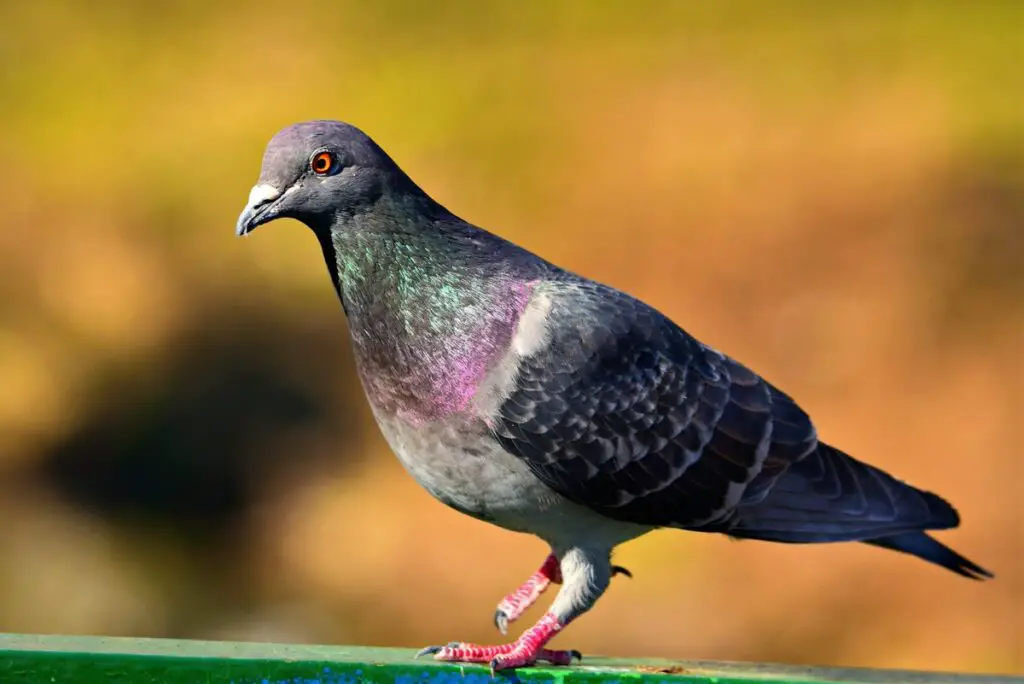
Conclusion
The differences between doves and pigeons, though subtle at times, are fascinating and extend beyond mere semantics. These avian relatives, both belonging to the family Columbidae, have adapted to various habitats and lifestyles, resulting in distinct characteristics that set them apart. One of the primary distinctions lies in their size and physical appearance. Doves tend to be smaller, elegant birds with delicate features, while pigeons are typically larger and more robust, often displaying a wider range of colors and patterns. This variation in size and appearance allows them to occupy different niches in their respective ecosystems.
Coloration is another prominent distinguishing factor. Doves generally sport muted and pastel hues, with some species showcasing intricate feather patterns. In contrast, pigeons exhibit a broader spectrum of colors, including iridescent and vibrant plumage. These color variations often reflect their adaptation to diverse environments, from dense forests to urban landscapes. Behavior and habitat preferences further separate these two bird groups. Doves are associated with tranquil, wooded areas and are often regarded as symbols of peace and love. Their gentle cooing calls and monogamous pair-bonding reflect their serene nature.
Pigeons, on the other hand, are more adaptable to urban environments, thriving in bustling cities and adapting to scavenging pigeon lifestyles. While doves evoke feelings of harmony, pigeons are sometimes seen as pests due to their scavenging tendencies. Understanding these distinctions not only enhances our appreciation for these avian species but also underscores their conservation. As our world faces ongoing environmental challenges, preserving the habitats and ecosystems that support doves and pigeons is essential. Both birds play vital roles in their respective environments, from pollinating plants to controlling insect populations, and their survival is linked to the overall health of these ecosystems.

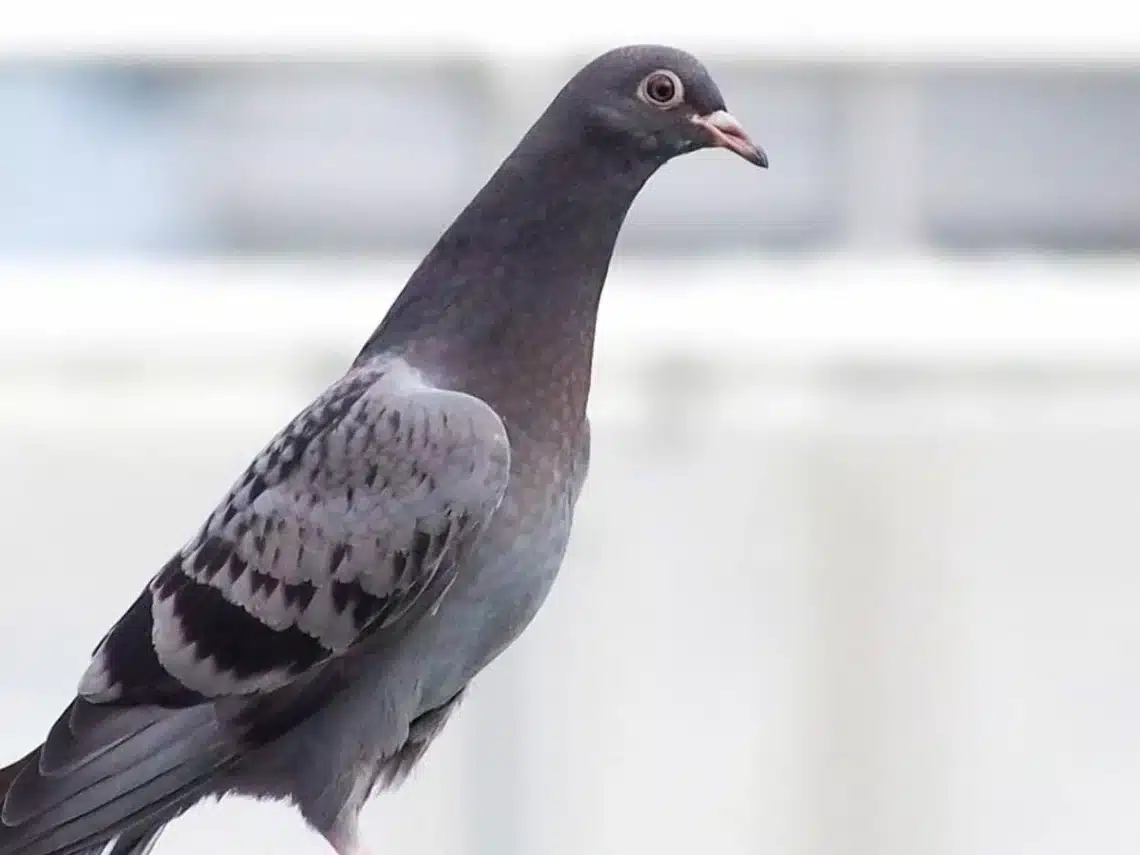
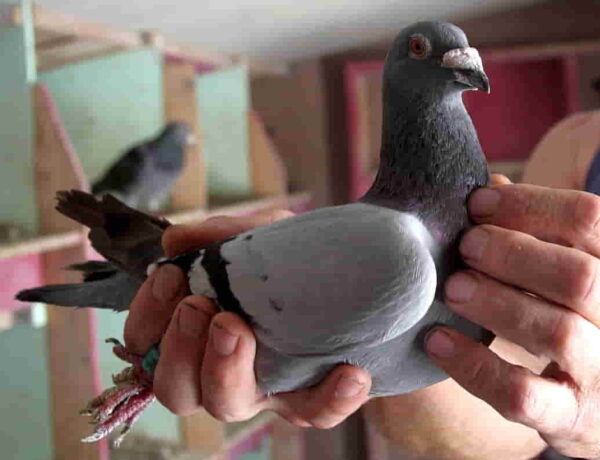
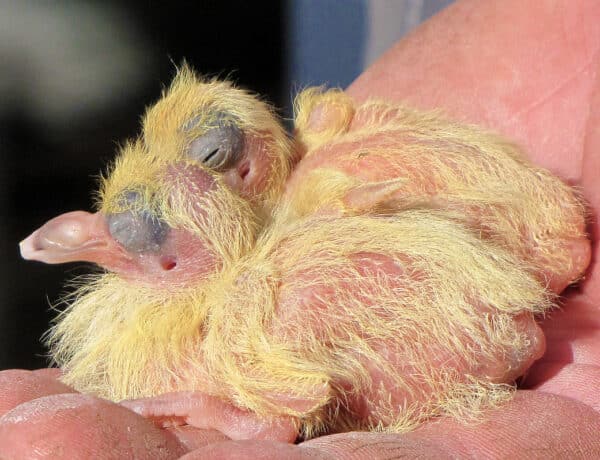

No Comments